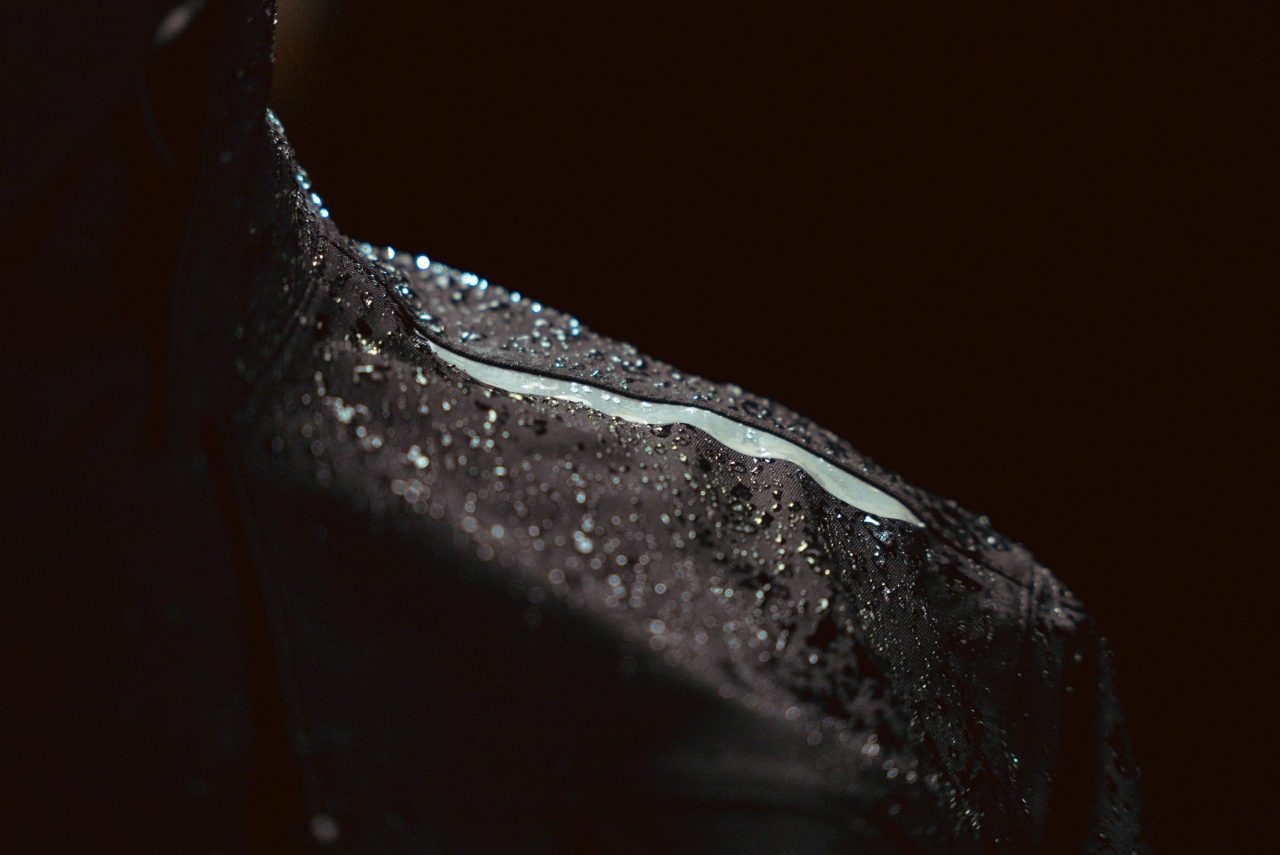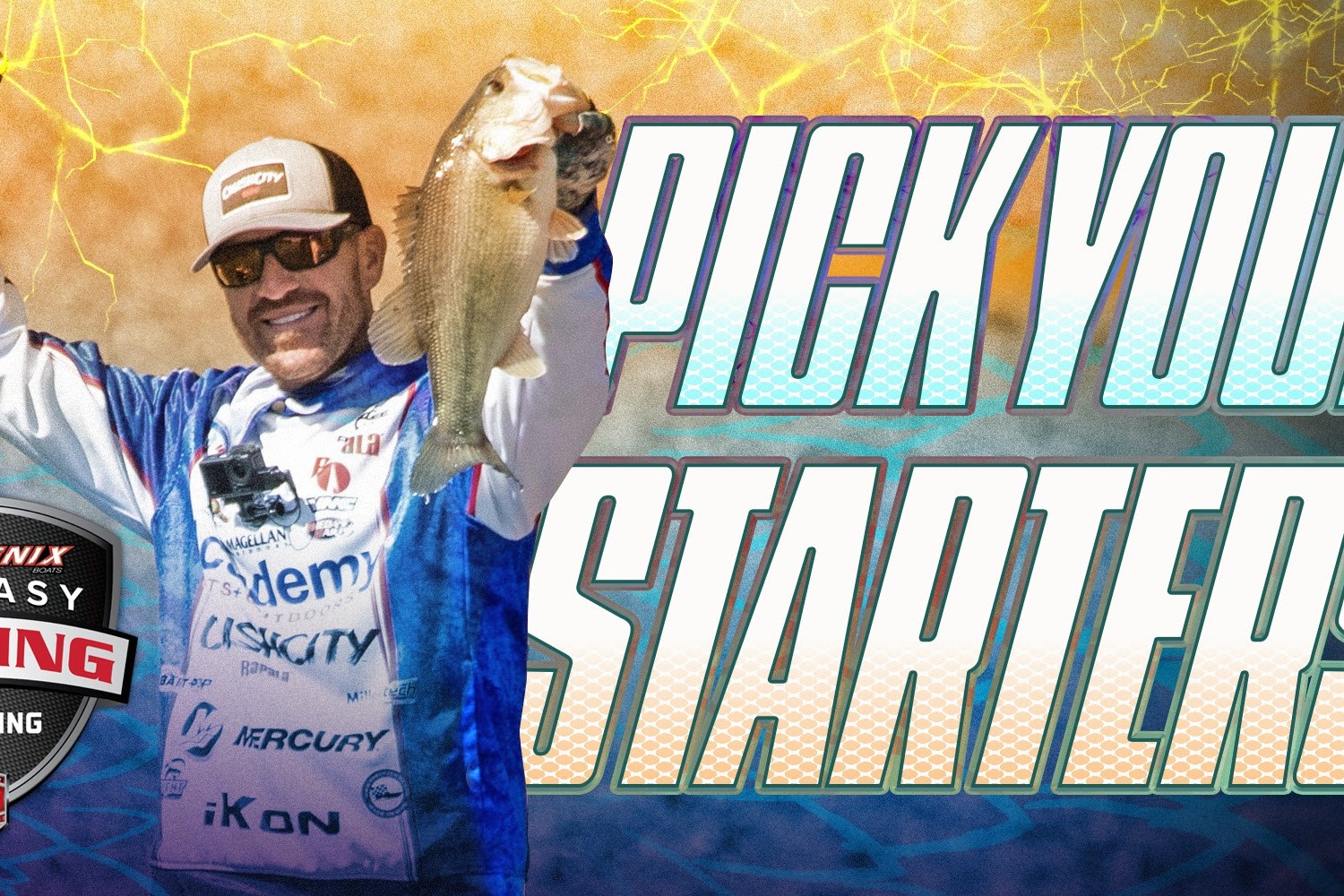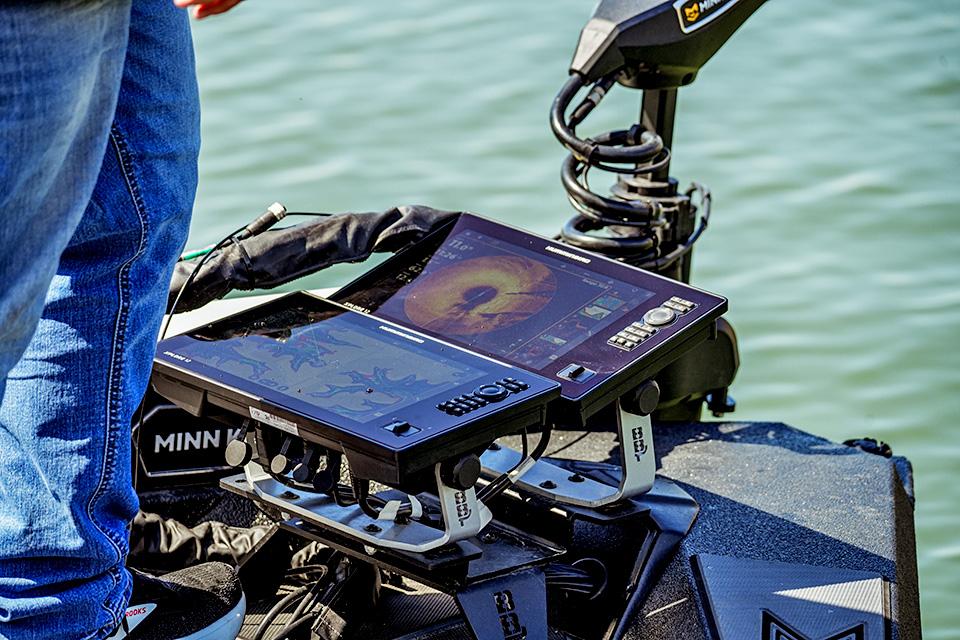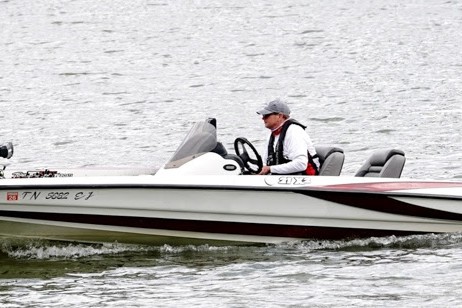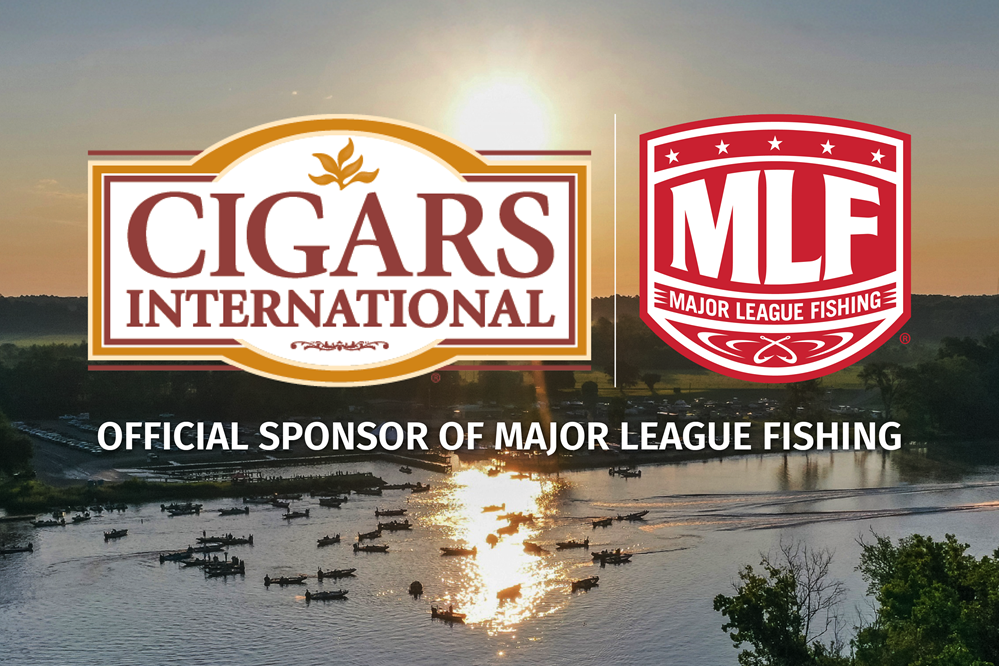How To Care For & Treat Your Fishing Rain Gear
|
Given Durable Water Repellent (DWR) Restrictions, Apparel Designer and Big Waters Angler Shares Info for Added Resilience & Longevity |
|
MUSKEGON, Mich. (June 5, 2024) – With importation regulations changing over the past few years concerning the forever chemicals (like fluorocarbons) commonly used in DWR treatment of outdoor rain apparel—additional, after-purchase rain gear treatment may be required if you’re an angler who braves Mother Nature’s worst. Longtime apparel designer and big waters angler, Aaron Ambur of Whitewater Fishing, notes: “The last waterproof treatment manufacturers were able to use was rated C6 but now that has been reduced to C0. This has made waterproofing fishing rain gear a bit more difficult but we’ve figured out a solution – and I recommend some additional care instructions for anglers like guides and pros who are in the most inclement conditions on a repeated basis.” The reduction in or elimination of what were commonly used chemicals has made DWR treatment less effective. Plus, regular use and exposure to bug repellants, sunscreen, and other products can reduce the efficacy of standard DWR water repellency. “If you think about rainwear and the barriers of defense, the very first defense is your DWR treatment, which prevents water from entering the fabric of the garment. Prior to the change in regulations, the better your DWR, the better your first line of protection was because it reduced the time it took materials to wet out,” continues Ambur. |
|
|
Even though rain garments are laminated and taped from the inside, new regulations have reduced the amount of rain protection companies are allowed to offer. The reality is, this has affected all outdoors enthusiasts’ ability to stay dry. Years ago, anglers, hunters, and campers would spray leather boots and other items with Camp Dry and other products available for additional waterproofing. Given the recent change in regulations, this kind of treatment may also be required to create and extra level of DWR beyond what manufacturers are legally allowed to provide. While Whitewater has gone the route of providing cutting-edge waterproof garment characteristics, the company still advocates using something like Granger’s or a wax treatment to provide additional water protection if you are repeatedly fishing big water or exposed to the harshest of elements when fishing, hunting, or camping. Whitewater will soon be offering Granger’s products for rain wear treatments. “Whitewater apparel is super dry from the get-go, but I do recommend that serious anglers treat it occasionally. Aftermarket treatment will help reinforce that first layer of defense. Like Granger’s Performance Repel Plus (DWR Spray). Furthermore, if anglers are going to launder their rain garments, I would advocate that they use something like Granger’s 2-in-1 Wash + Repel that will re-waterproof your jacket and bibs,” continues Ambur. |
|
|
Rain Gear Storage It’s always a good idea to hang up your rain jacket and bibs when not in use, using a damp cloth to wipe any fish slime, bait waste, or blood from the apparel. It’s also a good idea to dry off the apparel to prevent any mold or mildew from building up—which can also be done by hanging it up to air dry. The other thing, even if you’re not exposed to rain, your body is always perspiring, so you’re contributing moisture to your garment from the inside. That makes hanging the apparel up to air dry even more important. And when transporting, it’s best to ensure the gear is totally dry, whether using a tote or bag. Storing rain gear in a boat doesn’t generally work out that well, as hatches inevitably leak, and rain gear gets wet and develops mold and mildew. If storing in a boat, make sure it’s in a waterproof bag. |
|
Parting Words The cold reality is apparel manufacturers’ hands are tied when it comes to absolute waterproofing. While Whitewater is on the leading edge of new, environmentally-friendly waterproofing and DWR treatment, it’s also a good idea to treat and care for your rain gear in the ways stated above. And anglers aren’t the only ones who need to observe added care and treatment of their apparel. Hunters, skiers, snowboarders, campers, big water boaters, etc. have all seen changes in rain gear technology over the past decade or so. While it’s inevitably good for the environment and everyone else, it does require that the user play his or her part, too, to ensure the efficacy and longevity of their purchased garments, no matter the manufacturer. All apparel designers are in the same boat, so to speak. |
|
